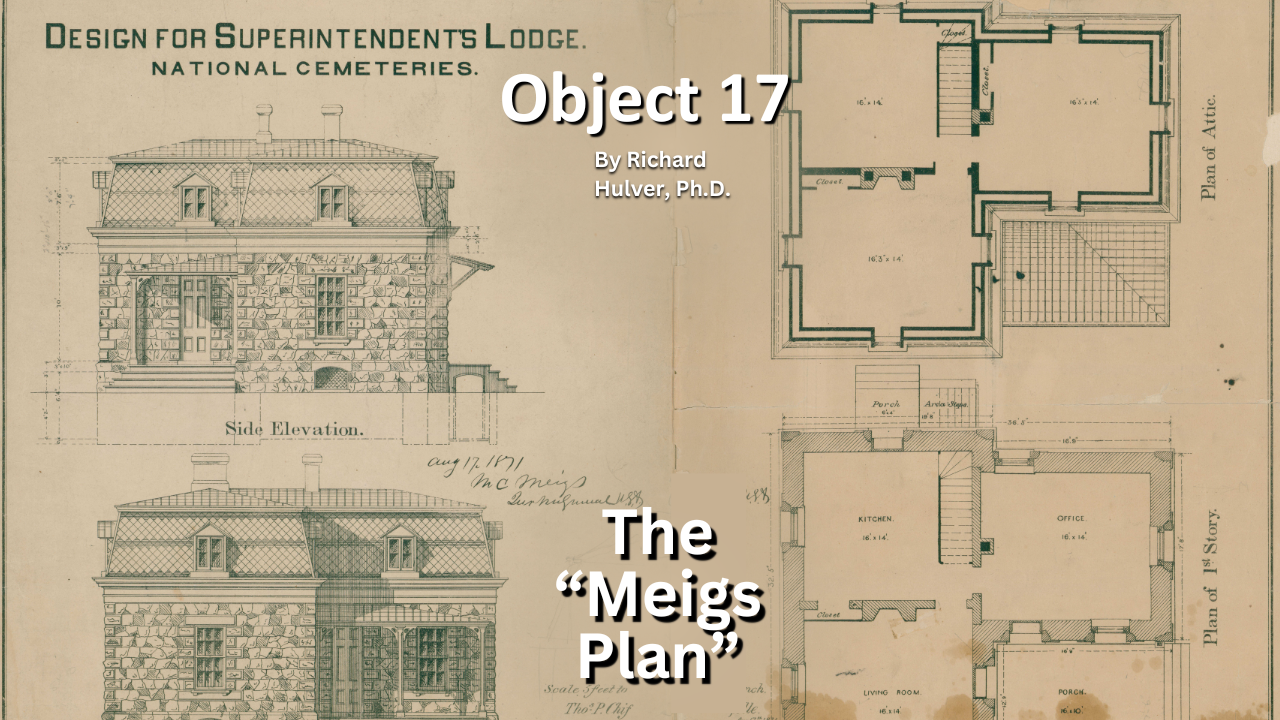
History of VA in 100 Objects
Object 22: United States Veterans’ Bureau Medical Bulletin
In the space of just a few years following World War I, the U.S. government created an expansive health system for ex-servicemembers under the direction of a new and independent federal agency, the Veterans’ Bureau. A medical bulletin was soon published monthly featuring articles from the healthcare staff.

History of VA in 100 Objects
Object 21: Bonus Army
After World War I, Americans discharged from military service faced a difficult homecoming. Many struggled to find work in the tight labor market created by a post-war recession. After a deferred payout, the Bonus Act, was passed, many Veterans marched on the capital to voice displeasure. The Bonus Army soon formed.

History of VA in 100 Objects
Object 20: The Washington Arsenal Monument
The National Cemetery Administration serves as the steward for government and military lots at select private cemeteries nationwide. The Congressional Cemetery in Washington, D.C., is home to the Washington Arsenal Monument, which honors the women who died in an explosion at the arsenal during the Civil War.

History of VA in 100 Objects
Object 19: The Best Years of Our Lives Movie Poster
In 1946, Americans were adjusting to life in the immediate aftermath of World War II. Post-war concerns were varied. On November 21, 1946, "The Best Years of Our Lives" opened in movie theaters. The film was praised for its frank portrayal of the transition from military service to Veteran status as seen through the eyes of its three main characters returning to their hometown after the war. The movie poster displayed the cast in their roles.

History of VA in 100 Objects
Object 17: The “Meigs Plan” Lodges
National cemeteries originated out of necessity during the American Civil War. In the summer of 1862, as casualties mounted at an alarming rate, Congress empowered President Abraham Lincoln to purchase and enclose burial plots as national cemeteries to inter the growing number of Union dead. These cemeteries were managed by superintendents, some disabled Civil War Veterans. To house them, Brig. Gen. Montgomery Meigs came up with what was later named the "Meigs Plan," the design for permanent lodges to house the superintendents.

History of VA in 100 Objects
Object 14: Fleet Admiral Chester W. Nimitz Burial Plot at Golden Gate National Cemetery
Nine individuals in U.S. history have obtained the five-star general officer rank, all but one directly on account of their World War II service. Only one of this select group, Fleet Admiral Chester W. Nimitz, is interred in a VA national cemetery.

History of VA in 100 Objects
Object 13: Veterans’ Administration Seal
On July 21, 1930, President Herbert C. Hoover signed Executive Order 5398 establishing the Veterans’ Administration (VA), the forerunner of today’s Department of Veterans Affairs. Soon Adminstrator Frank Hines had created a new Veterans' Administration seal to go with the new agency.

History of VA in 100 Objects
Object 12: Pension Bureau Building
In 1882, the Pension Bureau hired 770 new clerks, doubling the size of its work force. The additional manpower was necessary to keep up with the explosive growth of the pension system after the Civil War. Work soon began on constructing a new Pension Bureau building to serve as the headquarters and home for the enlarged work force.

History of VA in 100 Objects
Object 11: Staff of Tuskegee Veterans Hospital
To accommodate the growing number of African American Veterans in the south following World War I, the Veterans Bureau opened the Tuskegee Veterans Hospital in 1923 reserved exclusively for their use. Originally called the “Hospital for Sick and Injured Colored World War Veterans,” the installation was staffed entirely by Black doctors and nurses.





